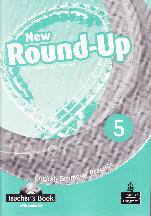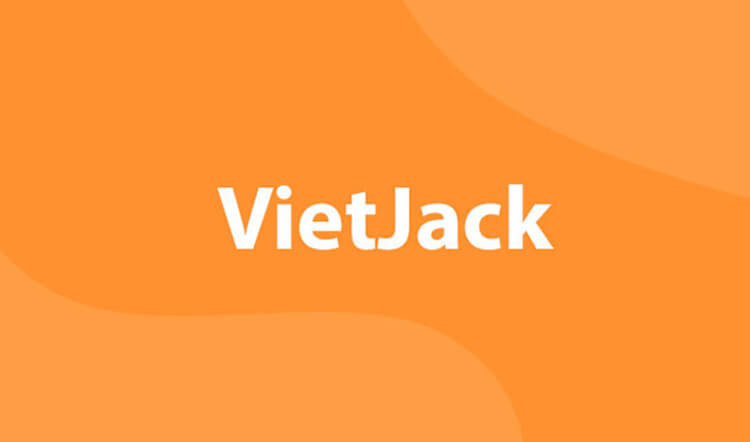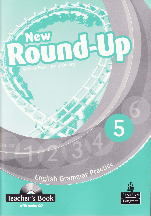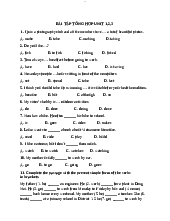





Preview text:
Secrets Of The Swarm IELTS Reading Answers with Explanation
Luyện tập đê IELTS Reading Practice với passage Secrets Of The Swarm được lấy từ
cuốn sach IELTS Official Cambridge Guide to IELTS - Test 3 - Passage 1 với trải
nghiệm thi IELTS trên máy và giải thích đáp án chi tiết bằng Linearthinking, kèm list
từ vựng IELTS cần học trong bài đọc. DOL IELTS Đình Lực 28/02/2022 Làm Bài Xem giải thích Từ vựng Bài đọc (reading passage) Secrets Of The Swarm
Insects, birds and fish tend to be the creatures that humans feel furthest from. Unlike many mammals they
do not engage in humanlike behaviour. The way they swarm or flock together does not usually get good
press coverage either: marching like worker ants might be a common simile for city commuters, but it’s a
damning, not positive, image. Yet a new school of scientific theory suggests that these swarms might have a lot to teach us.
American author Peter Miller explains, ‘I used to think that individual ants knew where they were going,
and what they were supposed to do when they got there. But Deborah Gordon, a biologist at Stanford
University, showed me that nothing an ant does makes any sense except in terms of the whole colony.
Which makes you wonder if, as individuals, we don’t serve a similar function for the companies where we
work or the communities where we live.’ Ants are not intelligent by themselves. Yet as a colony, they make
wise decisions. And as Gordon discovered during her research, there’s no one ant making decisions or giving orders.
Take food collecting, for example. No ant decides, ‘There’s lots of food around today; lots of ants should
go out to collect it.’ Instead, some forager ants go out, and as soon as they find food, they pick it up and
come back to the nest. At the entrance, they brush past reserve foragers, sending a ‘go out’ signal. The
faster the foragers come back, the more food there is and the faster other foragers go out, until gradually
the amount of food being brought back diminishes. An organic calculation has been made to answer the
question, ‘How many foragers does the colony need today?’ And if something goes wrong a hungry lizard
prowling around for an ant snack, for instance then a rush of ants returning without food sends waiting
reserves a ‘Don’t go out’ signal.
But could such decentralised control work in a human organisation? Miller visited a Texas gas company
that has successfully applied formulas based on ant colony behaviour to ‘optimise its factories and route
its trucks’. He explains, ‘If ant colonies had worked out a reliable way to identify the best routes between
their nest and food sources, the company managers figured, why not take advantage of that knowledge?’
So they came up with a computer model, based on the self-organising principles of an ant colony. Data is
fed into the model about deliveries needing to be made the next day, as well as things like weather
conditions, and it produces a simulation determining the best route for the delivery lorries to take.
Mil er explains that he first really understood the impact that swarm behaviour could have on humans
when he read a study of honeybees by Tom Seeley, a biologist at Cornell University. The honeybees
choose as a group which new nest to move to. First, scouts fly off to investigate multiple sites. When they
return they do a ‘waggle dance’ for their spot, and other scouts will then fly off and investigate it. Many
bees go out, but none tries to compare all sites. Each reports back on just one. The more they liked their
nest, the more vigorous and lengthy their waggle dance and the more bees will choose to visit it.
Gradual y the volume of bees builds up towards one site; it’s a system that ensures that support for the
best site snowballs and the decision is made in the most democratic way.
Humans, too, can make clever decisions through diversity of knowledge and a little friendly competition.
'The best example of shared decision making that I witnessed during my research was a town meeting I
attended in Vermont, where citizens met face-to-face to debate their annual budget,’ explains Miller. ‘For
group decision making to work well, you need a way to sort through the various options they propose; and
you need a mechanism to narrow down these options.’ Citizens in Vermont control their municipal affairs
by putting forward proposals, or backing up others’ suggestions, until a consensus is reached through a
vote. As with the bees, the broad sampling of options before a decision is made will usually result in a
compromise acceptable to all. The ‘wisdom of the crowd’ makes clever decisions for the good of the
group and leaves citizens feeling represented and respected.
The Internet is also an area where we are increasingly exhibiting swarm behaviour, without any physical
contact. Miller compares a wiki website, for example, to a termite mound. Indirect collaboration is the key
principle behind information sharing websites, just as it underlies the complex constructions that termites
build. Termites do not have an architect’s blueprint or a grand construction scheme. They simply sense
changes in their environment, as for example when the mound’s wall has been damaged, altering the
circulation of air. They go to the site of the change and drop a grain of soil. When the next termite finds
that grain, they drop theirs too. Slowly, without any kind of direct decision making, a new wall is built. A
termite mound, in this way, is rather like a wiki website. Rather than meeting up and talking about what we
want to post online, we just add to what someone maybe a stranger on the other side of the world
already wrote. This indirect knowledge and skill sharing is now finding its way into the corridors of power. Câu hỏi (questions ) Question 1 - 6
Do the following statements agree with the information given in the Reading Passage?
In following statements below, choose
TRUE if the statement agrees with the information
FALSE if the statement contradicts the information
NOT GIVEN if it is impossible to say what the writer thinks about this 1
Commuters are often compared favourably with worker ants. 2
Some ants within a colony have leadership roles. 3
Forager ants tell each other how far away the food source is. 4
Forager ants are able to react quickly to a dangerous situation. 5
Termite mounds can be damaged by the wind. 6
Termites repair their mounds without directly communicating with each other. Question 7 - 9
Complete each sentence with the correct ending, A-F below. Write the correct letter, A-F List of Endings A
provide support for each other's ideas in order to reach the best outcome. B
use detailed comments to create large and complicated systems. C
use decision-making strategies based on insect communities to improve their service. D
communicate with each other to decide who the leader will be. E
contribute independently to the ideas of others they do not know. F
repair structures they have built without directly communicating with each other.
Managers working for a Texas gas company 7
Citizens in an annual Vermont meeting 8 Some Internet users 9 Question 10 - 13
Complete the flow-chart below.
Choose NO MORE THAN TWO WORDS from the text for each answer.
How honeybees choose a new nest STEP 01 Honeybee 10 explore possible nest sites STEP 02
they perform what is known as a 11 on their return STEP 03
other bees go out and report back STEP 04 enthusiasm and 12
increase for one particular site STEP 05
a final choice is reached using a 13 process
Answer key (đáp án và giải thích) 1 False Xem Xe m full gi full g ả i i ả it h t í h c í h c 2 False Xem Xe m full gi full g ả i i ả it h t í h c í h c 3 Not Given Xem Xe m full gi full g ả i i ả it h t í h c í h c 4 True Xem Xe m full gi full g ả i i ả it h t í h c í h c 5 Not Given Xem Xe m full gi full g ả i i ả it h t í h c í h c 6 True Xem Xe m full gi full g ả i i ả it h t í h c í h c 7 C Xem Xe m full gi full g ả i i ả it h t í h c í h c 8 A Xem Xe m full gi full g ả i i ả it h t í h c í h c 9 E Xem Xe m full gi full g ả i i ả it h t í h c í h c 10 scouts Xem Xe m full gi full g ả i i ả it h t í h c í h c 11 waggle dance Xem Xe m full gi full g ả i i ả it h t í h c í h c 12 volume Xem Xe m full gi full g ả i i ả it h t í h c í h c 13 democratic Xem Xe m full gi full g ả i i ả it h t í h c í h c
Hãy cùng DOL khám phá kho đề thi IELTS Reading Practice với lời giải thích chi tiết ở đây ->




